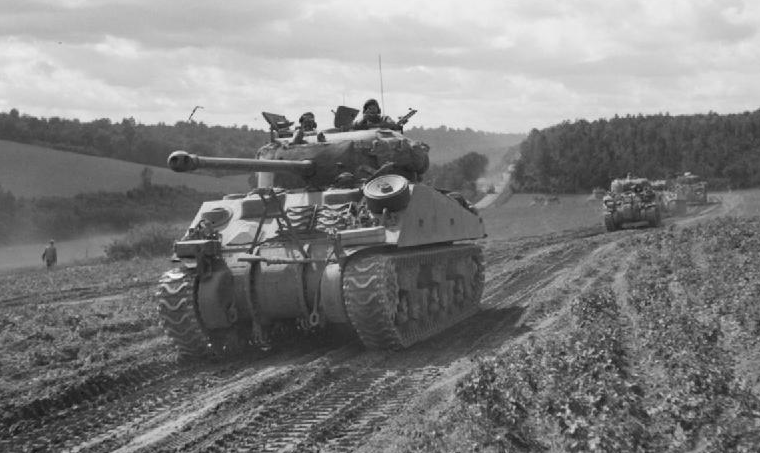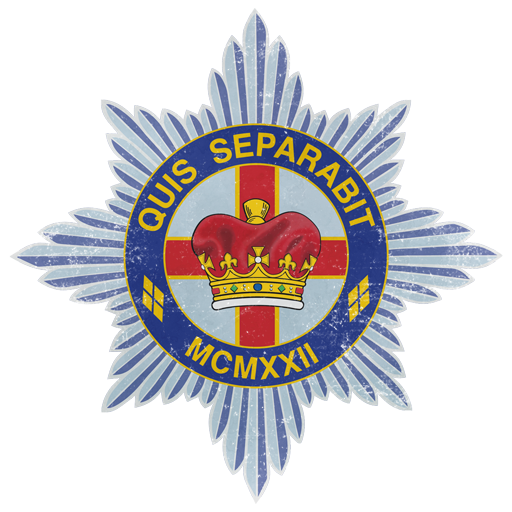
- For PC
- For MAC
- For Linux
- OS: Windows 10 (64 bit)
- Processor: Dual-Core 2.2 GHz
- Memory: 4GB
- Video Card: DirectX 11 level video card: AMD Radeon 77XX / NVIDIA GeForce GTX 660. The minimum supported resolution for the game is 720p.
- Network: Broadband Internet connection
- Hard Drive: 23.1 GB (Minimal client)
- OS: Windows 10/11 (64 bit)
- Processor: Intel Core i5 or Ryzen 5 3600 and better
- Memory: 16 GB and more
- Video Card: DirectX 11 level video card or higher and drivers: Nvidia GeForce 1060 and higher, Radeon RX 570 and higher
- Network: Broadband Internet connection
- Hard Drive: 75.9 GB (Full client)
- OS: Mac OS Big Sur 11.0 or newer
- Processor: Core i5, minimum 2.2GHz (Intel Xeon is not supported)
- Memory: 6 GB
- Video Card: Intel Iris Pro 5200 (Mac), or analog from AMD/Nvidia for Mac. Minimum supported resolution for the game is 720p with Metal support.
- Network: Broadband Internet connection
- Hard Drive: 22.1 GB (Minimal client)
- OS: Mac OS Big Sur 11.0 or newer
- Processor: Core i7 (Intel Xeon is not supported)
- Memory: 8 GB
- Video Card: Radeon Vega II or higher with Metal support.
- Network: Broadband Internet connection
- Hard Drive: 62.2 GB (Full client)
- OS: Most modern 64bit Linux distributions
- Processor: Dual-Core 2.4 GHz
- Memory: 4 GB
- Video Card: NVIDIA 660 with latest proprietary drivers (not older than 6 months) / similar AMD with latest proprietary drivers (not older than 6 months; the minimum supported resolution for the game is 720p) with Vulkan support.
- Network: Broadband Internet connection
- Hard Drive: 22.1 GB (Minimal client)
- OS: Ubuntu 20.04 64bit
- Processor: Intel Core i7
- Memory: 16 GB
- Video Card: NVIDIA 1060 with latest proprietary drivers (not older than 6 months) / similar AMD (Radeon RX 570) with latest proprietary drivers (not older than 6 months) with Vulkan support.
- Network: Broadband Internet connection
- Hard Drive: 62.2 GB (Full client)
Destroyed Pzkpfw V Panther Ausf. D in a town ruins, created by one of the Screenshot contest competitors
At this time, War Thunder does not have a British ground vehicle tree in the game, but we thought you might be interested in this little anecdote in regards to British armour. The “Brit tankers” of World War Two, especially their commanders, belonged to a breed of men with stiff upper lips and demanded that their tea or “tiffen” time wasn't interrupted. Regular large supplies of the leafy brew had to be provided so that they could perform their “cavalry” duties to good effect. Hard wearing, and generally unaffected by the bad times, these chaps pushed on through thick and thin.
 |
|
Sherman Firefly & the British Army |
Wilfred Harris was born in 1911 in Walsall, Great Britain. During the inter-war years, he was part of the 4th/7th Dragoon Guards, a tank regiment. He left the army in 1935, but re-enlisted at the outbreak of war in 1939. He served in France, and even survived the battle of Dunkirk without injury. His most prominent feat would be recorded in Normandy, in 1944, where he served as a tank commander of a Sherman Firefly.
After launching a successful attack on the Germans at the village of Lingevres, Harris and three other Sherman tanks were tasked with establishing defensive positions in the village. While surveying the area through his binoculars, out of his open cupola, he spotted two Panthers approaching the village at around a kilometer to the East. He told his gunner to fire at the first one, promptly destroying it with one shot. He then gave the order to fire at the second one, rendering it completely useless, again with one shot. Having decided that this area was clear of enemies, he relocated to a new position on the other side of the village and established a firing position behind several oak trees. Just like before, he saw enemy Panthers closing in - three this time. However, they had not seen him yet, and he had the element of surprise. He ordered the gunner to fire at them the same way he did with the others - and the three Panthers were destroyed in three shots.
It is especially impressive considering that the Sherman Firefly was, overall, inferior to the Panther tanks. However, Harris’s skill as a tank commander, and the accuracy of his gunner, ensured that Harris would be marked down as one of the British aces of World War II.
Author: Sergey “NuclearFoot” Hrustic
With an upcoming update, we will add the
Emblem of the 4th/7th Dragoon Guards:
 |




